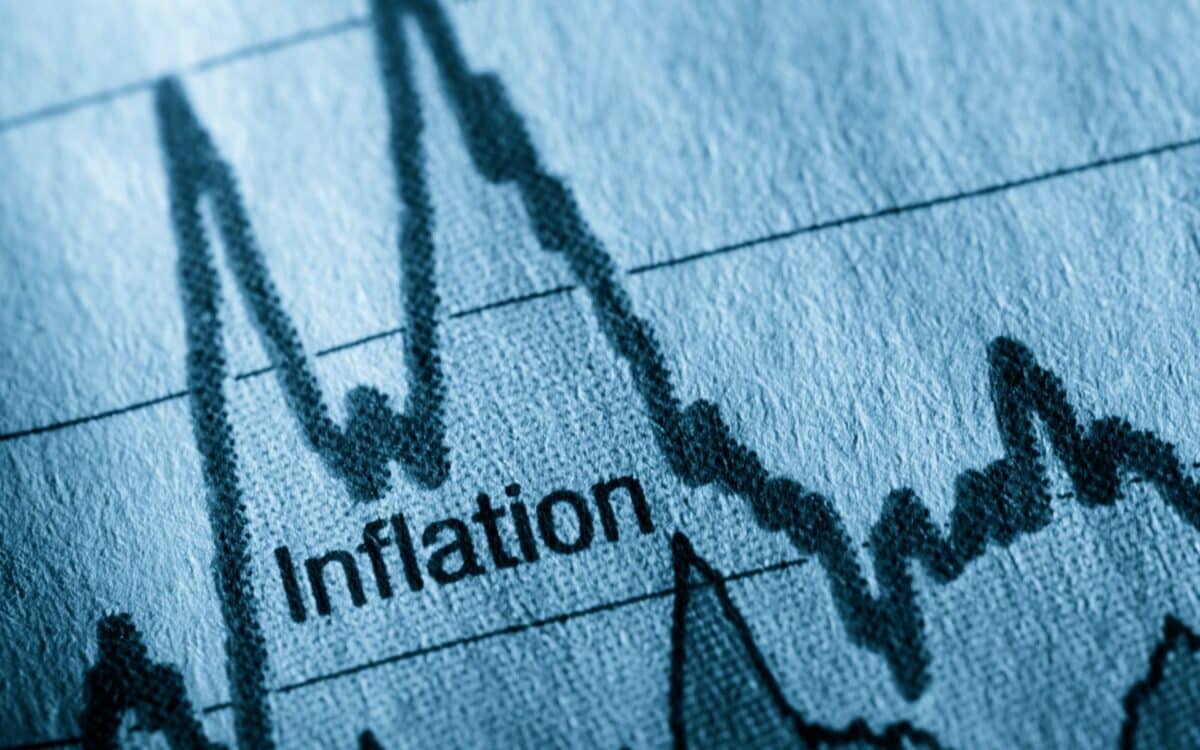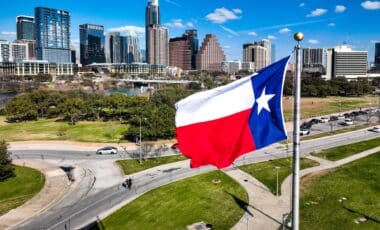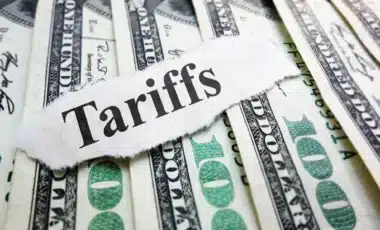Consumer prices rose at a slower pace in April, offering a temporary reprieve for households facing persistent cost-of-living pressures. The latest data from the U.S. Department of Labor showed that inflation is beginning to cool, providing some relief after more than two years of rising prices.
According to NPR, this slowdown was largely driven by falling costs at grocery stores and gas stations, easing pressure on consumers’ everyday budgets.
While these figures point to a moderation in inflation, the broader economic outlook remains uncertain, especially as policymakers and analysts monitor the potential ripple effects of new trade tensions.
Annual Inflation at Its Lowest Since February 2021
The U.S. Department of Labor reported on Tuesday that the Consumer Price Index (CPI) increased by 2.3% over the 12 months ending in April. This marks the smallest annual gain since early 2021, suggesting inflationary pressures may be easing for the time being.
On a monthly basis, prices rose 0.2%, following a slight decline in March. The modest increase was primarily driven by housing costs, along with upticks in natural gas, electricity, and auto insurance.
Food and Energy Prices Ease in April
Key contributors to the slowdown were declines in both gasoline and grocery prices. Notably, egg prices — which have been volatile due to supply disruptions — dropped 12.7% in April. This seasonal decrease followed relief from avian flu-related shortages, though prices remain 49.3% higher than a year ago.
The combination of softer food and energy prices provided some offset to rising costs in other categories.
Core Inflation Remains Steady
Excluding food and energy, core inflation remained steady at 2.8% year over year in April. This consistency indicates that while headline inflation is cooling, underlying price trends are still sticky in some sectors of the economy.
Core categories such as shelter and insurance continued to exert upward pressure on prices, complicating efforts to bring overall inflation back to pre-pandemic norms.
Tariff Risks Could Alter Trajectory
Although current figures point to easing inflation, analysts warn that new tariffs imposed in early April could shift the outlook in coming months. While the immediate impact on prices appears limited, early signs of pressure are emerging — with furniture costs up 1.5% in April.
Economists note that the full effect of tariffs often takes time to materialize in retail pricing, suggesting that further inflationary pressure could re-emerge later this year, depending on policy developments and supply chain responses.









